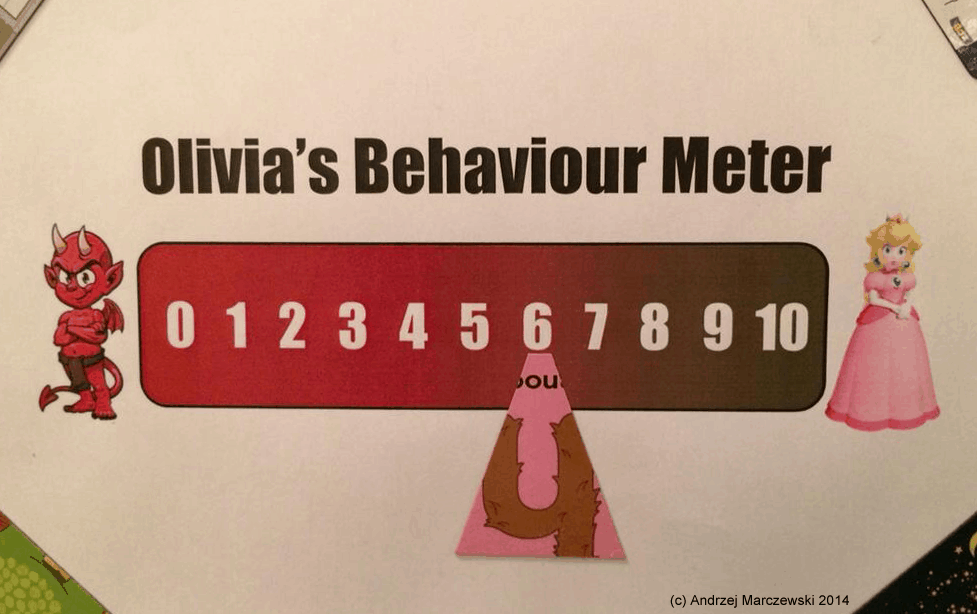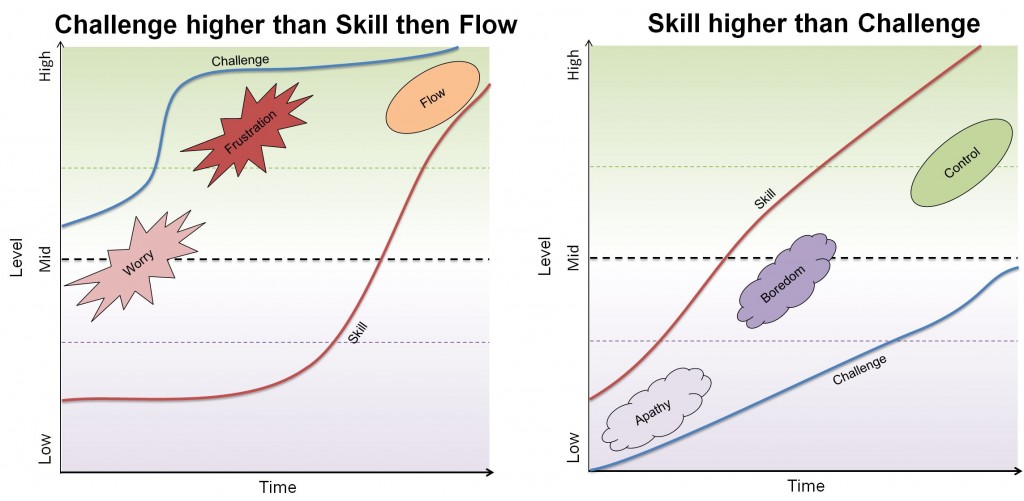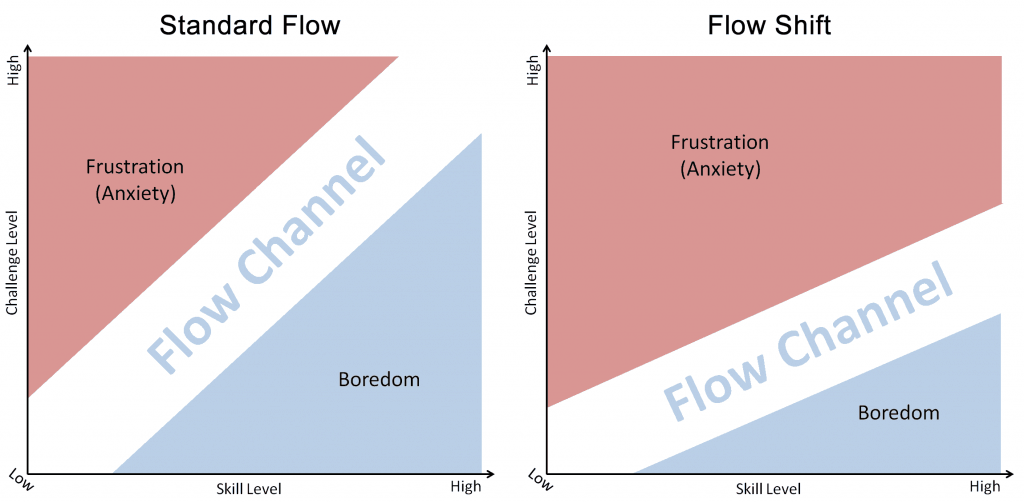As a gamification designer, it is easy to get hooked up on the intricacies of the system. The feedback mechanics, the game mechanics, the economy and the cleverness of it all. It is also easy to think, “this is going to be great” when you have a new idea and then spend waaay to long making the idea real.
What we need to to is step back from time to time and say “How will this actually impact the user”.
For example. You have this fabulous animation that you want to make use of. It fits the overall theme of the gamified solution you are building and think that it adds a little bit of playfulness to break up part of the process. Great. However, what does it really give the end user? If it is used once and adds some greater value to the process they are going through, by giving a new understanding or insight – then brilliant. If it really does give the user a break for a particularity complex part of the process, then okay. If it sits there and forces them to watch it, possibly more than once with no option to skip – step away from the idea.





